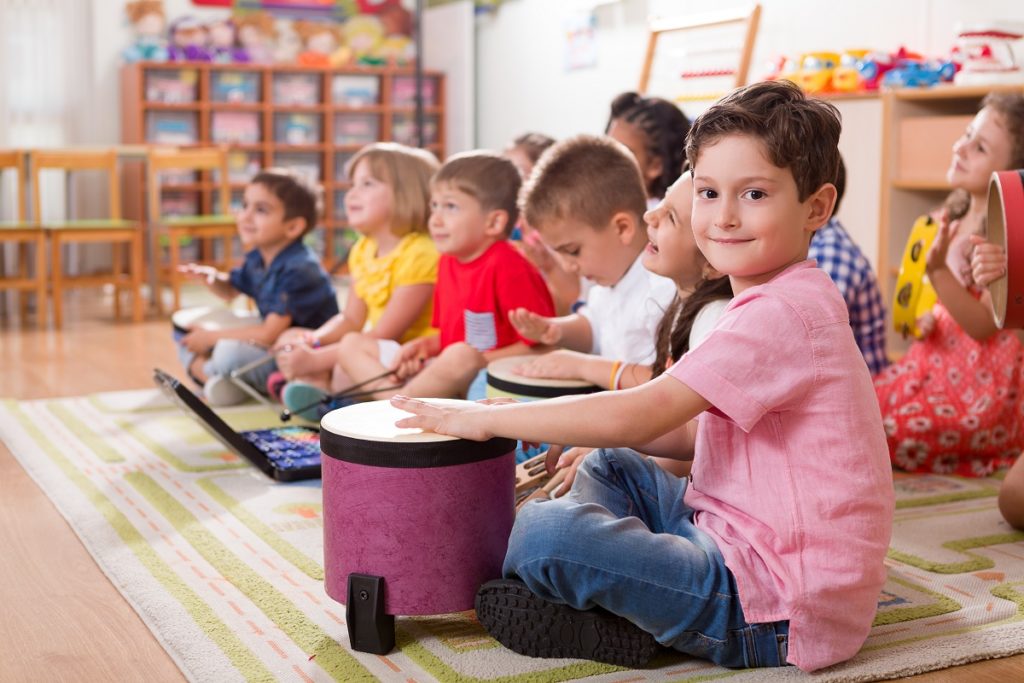Arts and crafts are common activities for toddlers and grade school children. However, there’s been a renewed focus on STEM subjects even at a young age. With so much focus on “hard skills”, why should kids still be allowed to color pictures of farm animals and make handmade cards?
Read on to find out.
Crafting Develops Motor Skills
Physical activity is not the only way to develop a child’s motor skills. Crafting can help children develop their fine motor skills. Kids aged up to five learn to control their hands by manipulating tools such as scissors and skin-friendly paint. Older kids can hone their accuracy of using these tools, add more details to their craft, and use advanced materials.
Children Learn to Focus and Follow Instructions
To create a paper mache, clay figure, or popsicle stick picture, children need to focus on the instructor’s directions. Focus, discipline, and capability to follow instructions are essential skills that can determine a child’s success later in life.
Creativity, Commitment, and Problem Solving
Hand in hand with focus and discipline is commitment. Starting with a macaroni picture, your child can learn to finish projects within an allotted time. Creativity and problem solving, key capabilities needed in STEM careers, can also be developed through arts and crafts.
Patience, Fun Offline
As children become immersed in a digital lifestyle at earlier ages, it’s essential to train them to have fun and focus on things other than their smartphones. Teaching kids to make their own fun using their hands shows them that they don’t need to be online all the time. The experience of doing things manually can also teach them patience, a valued quality in any field.
Now that you know the benefits of crafting, what activities can you suggest to your child’s teacher?
STEM Projects
Science, technology, engineering, and mathematics could not have progressed without a ton of imagination and creativity. Teachers can integrate arts and science together through fun craft ideas that can teach children key STEM concepts and how they can express their individuality.
Rocket technology can be simplified in the form of juice pouch stomp rockets. Simple machines can be introduced through tiny machines crafted with popsicle sticks and egg cartons. A pop-pom catapult can teach kids about stored energy and projectiles—and make for a fun recess game.
Children can also be encouraged to take care of living things. With adult supervision, kids can craft planters for mung beans or similar easy-growing plants. Existing flower pots at school can also be decorated by children with recyclable materials that would not harm the plants.
Toddler Crafts

Toddlers are more capable than parents think. Their tiny brains can be exercised through fun, safe exercises that stimulate their mind with exciting colors and new tools. Materials can range from pieces of paper to toilet roll cores, yarn, and used plastic bottles.
Kids can be taught to recycle their toys and trash through crafts, too. Mosaics use paper cut for larger projects. Old crayons can be peeled by toddlers, who may also sort them into cans, which then can be heated and molded by adults into new crayons.
You and your child can do the activities above at home. Crafts time can become a bonding experience between you and your kid. By spending time with your child through meaningful activities, kids can associate learning with fun and valuing your time together.





